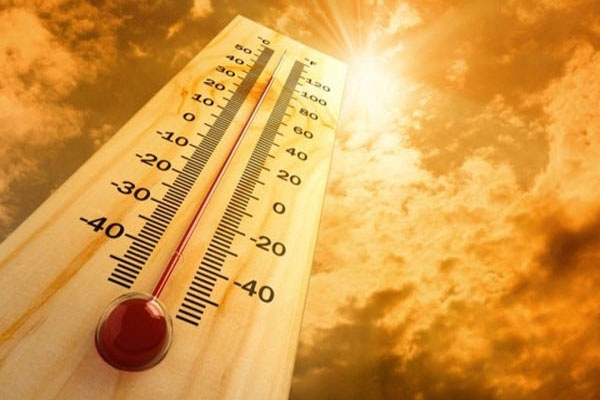BHUBANESWAR: With recent studies showing significant rise in temperature in the capital city, environmentalists here have called for an immediate ‘Climate Change Action Plan’ by the state government to restrict the insidious effects of the phenomena.
A recent study by the Indian Institute of Technology, Bhubaneswar, revealed that local surface temperature has gone up by 40 to 50 per cent between 2001 and 2010. While the regional temperature increase has been 0.9 degree Celsius, the absolute local temperature has shown a 0.5 degree Celsius rise.
“Urbanisation is one of the reasons for the temperature increase. The local warming in the cities is double than that of rural areas. While the capital city increased its urbanisation by 83 per cent between 2000 and 2014, it reduced dense vegetation by 89 per cent during the same period,” the report stated.
Following this, the environmentalists in the city have called for immediate measures and termed the temperature increase as ‘Climate Emergency’ rather than just climate change. Experts have opined that mere individual efforts will not be enough and proper measures are needed to be taken.
“Bhubaneswar just like any other coastal city is bound to get warmer not just in the summers but throughout the year. These changes are happening because the winds coming from sea have become slower as the sea is warmer than what it used to be two decades back because of global warming,” explained Prashant Singh Behera, a city-based environmentalist.
“These west winds, which have become hotter, pass through mining and industrial belts which cannot be cooled off due to lack of vegetation or water bodies. These warm winds then compound the city temperature that is already high due to auto exhumes, high population and excessive deforestation,” he added.
However, Shishukant Mohapatra, a formal planner of the city, suggested that for a growing city like Bhubaneswar urbanisation is an inevitable part but better alternatives can be adopted. “Large scale plantations, improved public transports, more water fountains and promotion of cycling can help reduce the city temperature to some extent,” Mohapatra said.
Agreeing to this, Jyoti Samantaray, who works with an NGO for nature conservation, said the new government in the state should formulate a separate ‘Climate Change Action Plan’ and ensure that the policies and plans made under it should be implemented within a stipulated time.
A recent World Bank report estimates that by 2050, a 2-degree Celsius temperature rise would require between $70 and $100 billion per year for adaption and there are projections that by the end of the decade the temperature might increase by 3 degrees Celsius further. One could only fathom the cost state government has to incur if immediate measures are not taken.
“It’s certain that temperatures in the city cannot be the same like it was 10 years ago. However, the cities can definitely adapt to the change and can stop further deterioration. Individual efforts will not change much, local communities should be made in the city and massive awareness campaigns should be run by the urban bodies,” Behera concluded.
Aviral Mishra, OP
